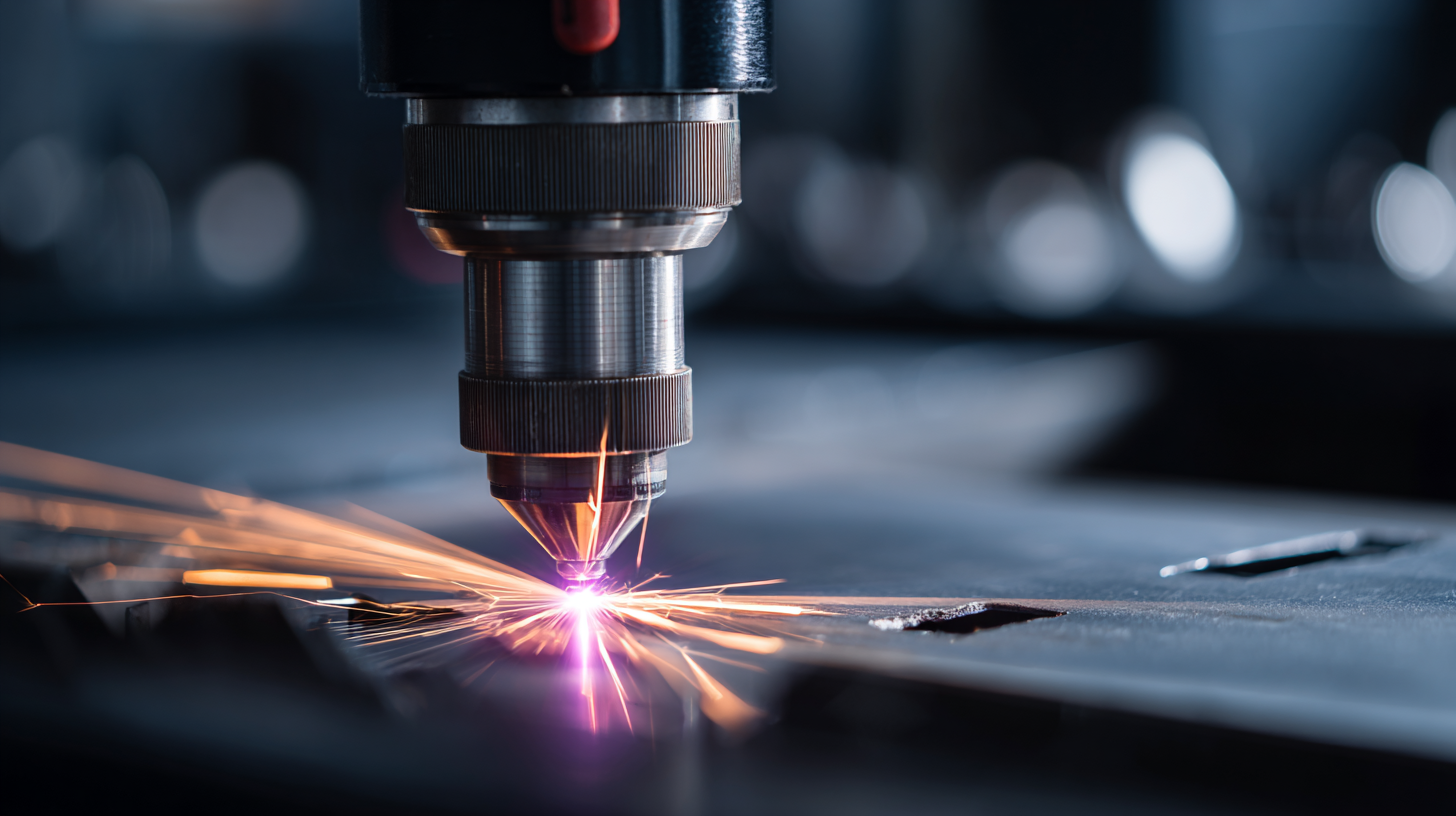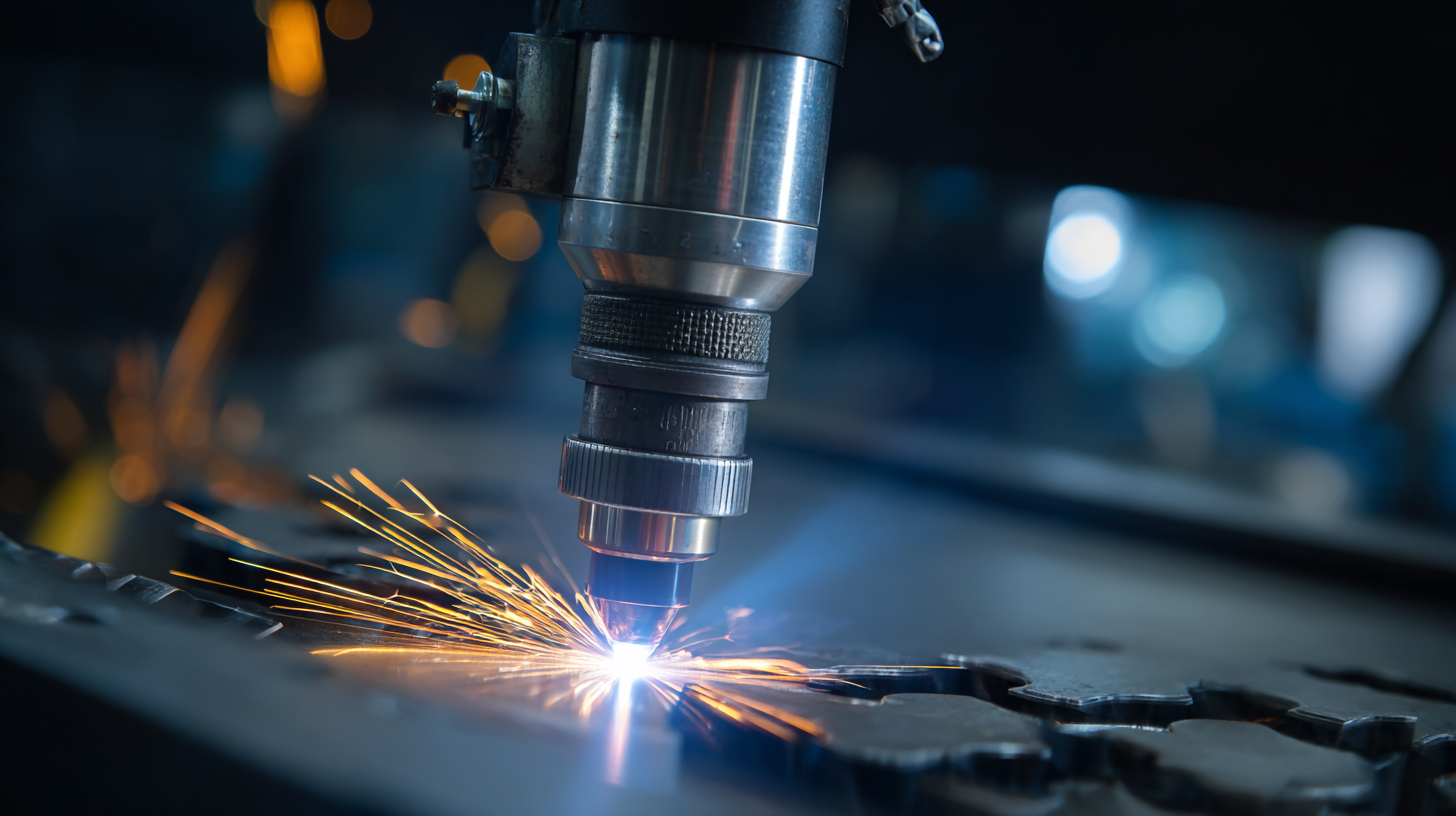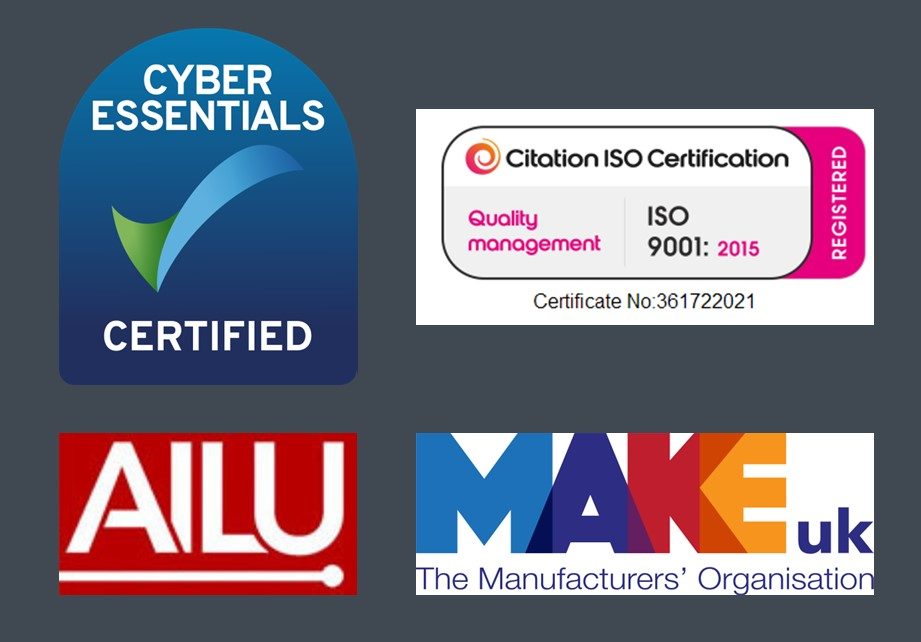Unlocking Precision and Efficiency with Handheld Laser Welders in Modern Manufacturing
In the realm of modern manufacturing, precision and efficiency are paramount, particularly in welding processes where traditional methods may fall short. The advent of advanced technologies has led to the development of innovative tools such as the laser welder hand held, which is revolutionizing how manufacturers approach various welding tasks. Unlike conventional welding equipment, the handheld laser welder combines portability with high precision, allowing operators to execute intricate welds with minimal heat distortion and increased control. This technology not only enhances the quality of welds but also significantly reduces production time and costs, making it an essential asset for industries seeking leaner and more effective manufacturing solutions. As we delve into the implications of this cutting-edge tool, we will explore its applications, benefits, and the transformative impact it is having on the welding landscape.

Exploring the Advantages of Handheld Laser Welders in Manufacturing
Handheld laser welders are revolutionizing modern manufacturing by providing unmatched precision and efficiency. These advanced tools enable manufacturers to achieve intricate welds with minimal distortion, which is particularly beneficial when working with delicate materials or complex geometries. The ability to focus laser energy on very small areas allows for faster processing times and reduces the need for extensive post-weld finishing. This level of control and quality ensures that production standards meet or exceed expectations, ultimately enhancing the durability of the final product.
Tips: When using handheld laser welders, ensure that the material surface is clean and free from contaminants to achieve the best results. Adjust laser parameters according to the thickness of the material being welded, as this can significantly impact the weld quality. Additionally, practice consistent hand movement to maintain a steady weld seam, which is crucial for aesthetic and structural integrity.
The versatility of handheld laser welders also shines through in their ability to cater to various industries, from automotive to aerospace. Their compact design allows for easy maneuverability, making them an ideal choice for tight spaces and intricate applications. As manufacturers continue to embrace this technology, the advantages of speed, adaptability, and reduced operational costs become increasingly apparent, highlighting the pivotal role handheld laser welders play in the future of manufacturing.

Key Considerations for Selecting the Right Handheld Laser Welder
When selecting the right handheld laser welder for modern manufacturing, several key considerations come into play. First and foremost, power output is a crucial factor. A welder with adjustable power settings allows for versatility in handling different materials and thicknesses. This flexibility can enhance the quality of welds and minimize the risk of damage to delicate components. Understanding the specific requirements of your projects can guide in choosing a welder capable of delivering optimal performance.
Another important aspect is the ergonomics and portability of the device. Handheld laser welders are often utilized in various environments, requiring a design that promotes user comfort and ease of handling. Features such as a lightweight build and intuitive controls can significantly reduce operator fatigue during extended use. Additionally, consider the safety features integrated into the welder, including beam safety measures and protective eyewear recommendations, which are essential for maintaining a safe working environment while ensuring high levels of productivity.
Step-by-Step Guide to Effective Laser Welding Techniques
 Handheld laser welders are revolutionizing modern manufacturing, offering unprecedented precision and efficiency. To effectively utilize these advanced tools, it’s crucial to understand the fundamental techniques involved in laser welding. Begin by familiarizing yourself with the equipment; ensure that the laser welder is calibrated according to the material specifications. Proper calibration enhances the weld quality and reduces defects, making the subsequent steps more effective.
Handheld laser welders are revolutionizing modern manufacturing, offering unprecedented precision and efficiency. To effectively utilize these advanced tools, it’s crucial to understand the fundamental techniques involved in laser welding. Begin by familiarizing yourself with the equipment; ensure that the laser welder is calibrated according to the material specifications. Proper calibration enhances the weld quality and reduces defects, making the subsequent steps more effective.
Once the setup is complete, the next step is to prepare the workpieces for welding. Clean the surfaces to remove any contaminants that could compromise the quality of the weld. Position the pieces securely and ensure proper alignment to achieve a strong bond. When beginning the welding process, maintain a steady hand and regulate the welding speed to allow for uniform heat distribution. It’s important to monitor the weld pool closely, adjusting parameters as necessary to prevent overheating or undercutting. Following these steps with attention to detail will ensure that your laser welding process is both efficient and effective, leading to high-quality results in modern manufacturing applications.
Maximizing Productivity with Laser Welding in a Competitive Market
In the fast-paced landscape of modern manufacturing, maximizing productivity is essential for staying competitive. Handheld laser welders have emerged as a transformative tool that enhances both precision and efficiency in various applications. Unlike traditional welding techniques, these advanced devices allow for rapid operation and less downtime, enabling manufacturers to streamline their processes. The ability to adjust parameters swiftly and achieve consistent quality means that production lines can operate at peak efficiency, significantly boosting output without compromising on the quality of the work.
Moreover, the versatility of handheld laser welders makes them valuable assets across different sectors, from automotive to aerospace. As manufacturers face increasing pressure to deliver products faster and with greater accuracy, adopting laser welding technology becomes a strategic advantage. The lower thermal impact reduces the risk of warping and rework, while optimized workflows contribute to shorter lead times. Consequently, companies that integrate handheld laser welding into their manufacturing processes not only enhance their operational capabilities but also position themselves as leaders in a competitive market.
Unlocking Precision and Efficiency with Handheld Laser Welders in Modern Manufacturing
Future Innovations in Handheld Laser Welding Technology
Recent advancements in handheld laser welding technology are paving the way for significant innovations in modern manufacturing, particularly in precision and efficiency. With the laser welding machines market projected to reach $USD 4.79 billion by 2030, driven by increased demand in the automotive and electronics sectors, it is evident that industries are rapidly adopting this technology. Recent trends indicate a strong focus on the integration of AI and IoT within laser systems to enhance operational capabilities and streamline production processes.
Moreover, the OEM Summit highlighted the transformative potential of laser welding in collision repair, emphasizing the need for further exploration into its applications in this niche market. As manufacturers continue to innovate, startups are also emerging with new approaches and solutions in laser technology, creating a competitive landscape filled with opportunities. Notably, the presence of companies showcasing smooth-edge cutting technologies at international exhibitions underlines the ongoing commitment to improving manufacturing processes through precision engineering.


